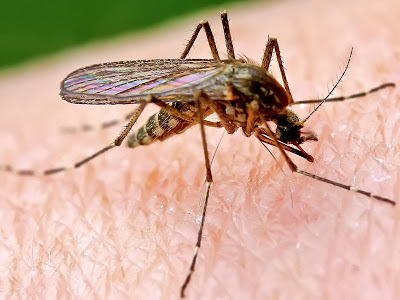Reading cookbooks is a lot like traveling: in both you have to balance your desire for the new with your need for the known. If your destination is too familiar, you may as well have stayed at home; if it’s too strange, you may wish you stayed at home. So too with cookbooks. If they’re so familiar as to tell you what you already know, who needs them? But if they’re so strange as to be unusable, you may long for your good old comfort foods.
The thought passed through my mind the other day as I sat
there reading through an early 17th-century cookery book by Sir Hugh
Plat (also spelled Platt) called Delightes
for Ladies to Adorn Their Persons, Tables, Closets, and Distillatories: With
Beauties, Banquets, Perfumes and Waters. As I flipped through the pages, I
read how to candy rose petals, how to hollow out lemons and then fill them with
sugared rose water syrup, and how to mold sugar into a paste “whereof to cast
Rabbits, Pigeons, or any other little bird or beast.”
Sugar. On the one hand, it’s as familiar an ingredient as
they come, but on the other hand, how strange its uses in Plat’s pages—not to
mention the quantities! There’s not a page that doesn’t call for pounds and
pounds of sugar—cane sugar, that is, imported from the New World and which, by
the time Plat sat down to write his book, had long since eclipsed honey as the
country’s favorite sweetener.
When Queen Elizabeth I died—just a year after Plat published
his Delightes—her teeth were black,
but then so must have been those of many of her contemporaries. Dessert
tables—then called “banqueting tables”—were the rage of the day and Sir Hugh
wasted no time divulging the royal confectioners’ secrets to the ladies of the
realm.
If you’re hoping I’ll share some of his recipes, my
apologies. Lacking Queen Elizabeth’s sweet tooth (see my last post), I find the
book historically fascinating, but it doesn’t send me running to the kitchen.
Somehow I can resist the urge to candy my marigolds.
But then, in the midst of his (to my taste) overly sweet
confections, Plat redeemed himself. Despite its unfamiliar language, I
recognized the recipe entitled “To make bisket bread, otherwise called french
bisket” to be an old friend.
Take
halfe a pecke of fine flower, two ounces of Coriander seedes, one ounce of
annis seedes, the white of foure egges, half a pinte of Ale yeast, and as much
water as will make it up into stiffe past, your water must be but blood warme,
then bake it in a long roll as big as your thigh, let it stay in the oven but
one houre, and when it is a daye olde, pare it and slice it overthwart, then
sugar it over with fine poudred sugar, and so drie it in an oven again, and
being drye, take it out and sugar it again then boxe it, and so you may keepe it all the yeare.
Translated into more familiar English, the 17th-century
recipe combines flour, coriander, anise, egg whites, yeast, and water into a
stiff dough that’s shaped into “a long roll as big as your thigh,” and baked.
After cooling overnight, it’s sliced, sprinkled with sugar, and returned to the
oven where the slices are dried out, sprinkled with sugar once again, and boxed
for up to a year.
What Plat called “bisket bread,” we call biscotti. Still
frequently flavored with anise (less often with coriander), today it’s more likely to
be rolled into a log than a thigh—but then again, perhaps the thigh image is
more appropriate considering that half a peck of flour amounts to approximately
18 cups. That’s a lot of dough!
As I said, reading cookbooks—especially historical ones—is a
balancing act between the familiar and the strange.
A most delicate and
stiff sugar paste, whereof to cast Rabbits, Pigeons, or any other little
bird or beast, either from the life or carved moulds.
Read more at Celtnet: http://www.celtnet.org.uk/recipes/delights-ladies-1.php
Copyright © celtnet
Read more at Celtnet: http://www.celtnet.org.uk/recipes/delights-ladies-1.php
Copyright © celtnet



































